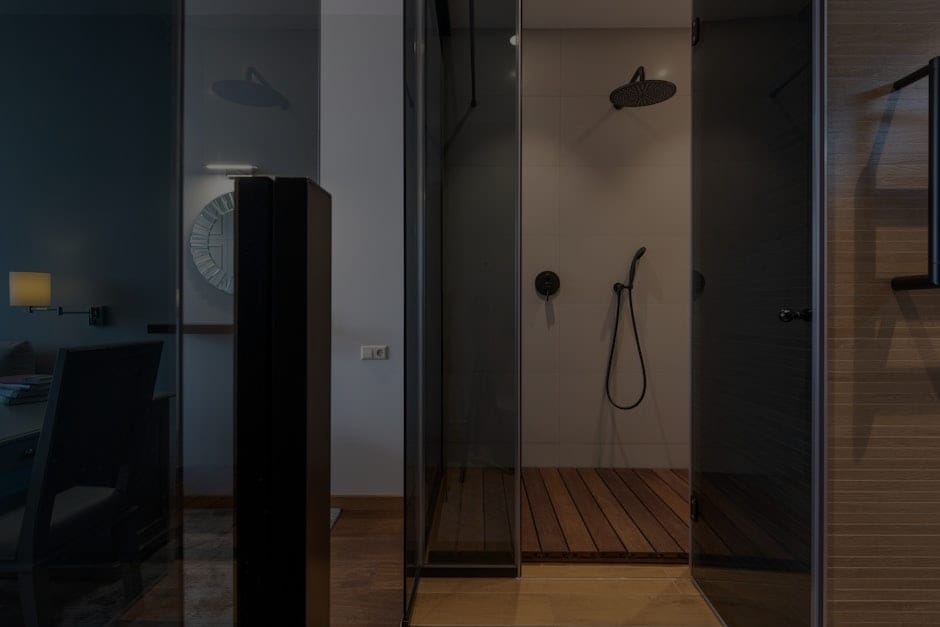**Abstract:** Discover how feng shui decor can transform your child’s room into a harmonious space that promotes well-being, creativity, and restful sleep. Learn practical tips to enhance your child’s environment.
Creating a Balanced Environment for Your Child
Feng shui is an ancient practice that focuses on creating balance and harmony in living spaces. When applied to a child’s room, feng shui decor can significantly influence their emotional and physical well-being. By understanding the fundamental principles of feng shui, you can create a nurturing environment that fosters creativity, restful sleep, and overall happiness. The energy of a room can impact a child’s mood, behavior, and even academic performance. Hence, it’s essential to pay attention to how the room is arranged and decorated.
The Importance of Color in Feng Shui
Color plays a crucial role in feng shui and can greatly affect a child’s mood and energy levels. Soft, calming colors like pastels can promote relaxation and tranquility, ideal for a child’s bedroom. Shades of blue and green can inspire creativity and calmness, while yellows and oranges can bring warmth and joy. When selecting colors, consider the child’s personality and preferences, as this will help create a space that feels uniquely theirs. Balance is key; avoid overly bright colors that might lead to overstimulation and anxiety.
Furniture Placement: The Art of Flow
In feng shui, furniture placement is vital for creating a harmonious flow of energy, known as “chi.” Ensure that the bed is positioned in a commanding position, ideally facing the door without being directly in line with it. This placement gives your child a sense of security and control. Additionally, keep pathways clear to allow for easy movement throughout the room. Clutter can block positive energy, so prioritize storage solutions that keep the space organized and serene.
Incorporating Nature for Vital Energy
Bringing elements of nature into a child’s room can enhance the energy flow and promote well-being. Consider adding plants, which not only purify the air but also create a calming atmosphere. Choose child-friendly plants like spider plants or peace lilies that are safe and easy to care for. If live plants aren’t feasible, nature-themed decor such as artwork or wall decals can also evoke a sense of connection to the outdoors, fostering a peaceful ambiance.
Personalization: Reflecting Your Child’s Spirit
Personalizing the space is essential in feng shui decor. Encourage your child to express their personality through their room’s design. This can be achieved by incorporating their favorite toys, artwork, or photos. Personal items create a sense of ownership and comfort, making the room a sanctuary for relaxation and creativity. However, be mindful of the overall balance; ensure that personal items don’t create visual clutter, which can disrupt the room’s harmony.
Creating a Restful Sleep Space
Sleep is crucial for a child’s development, and feng shui can help create a restful sleeping environment. Use soft bedding and minimize electronic devices in the bedroom to promote better sleep quality. Blackout curtains can be a great addition to block out distractions and light, creating a serene atmosphere conducive to sleep. Additionally, consider using calming scents, such as lavender, through essential oils or pillows to enhance relaxation and promote restful nights.
Conclusion: The Lasting Impact of Feng Shui
Implementing feng shui decor in your child’s room can have a profound and lasting impact on their well-being. From color choices to furniture placement, each element contributes to creating a harmonious space that nurtures growth and development. By thoughtfully arranging their environment, you empower your child to thrive emotionally, socially, and academically. As you embark on this journey of transformation, remember that the goal is to create a space that feels safe, inviting, and uniquely theirs. Embrace the principles of feng shui, and watch as your child flourishes in their new sanctuary.










